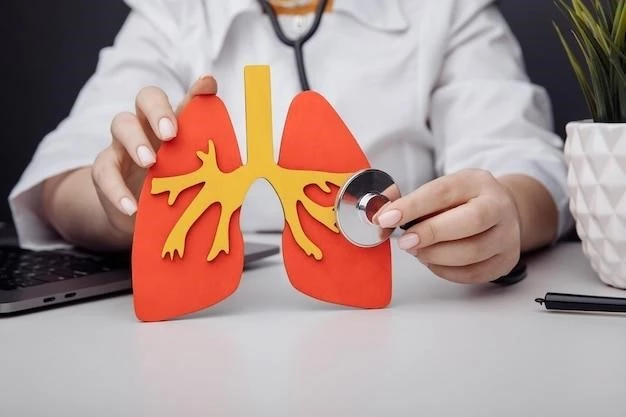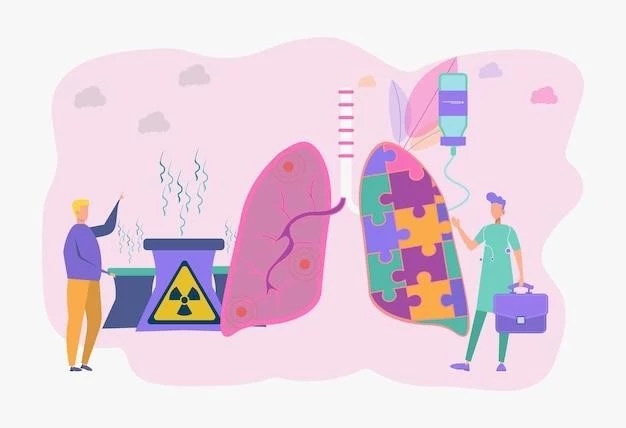Introduction
Chronic obstructive pulmonary disease (COPD) causes permanent damage to the lungs and narrows the airways (bronchi)․ This makes breathing difficult once the disease has reached an advanced stage․
Definition and Overview of Chronic Obstructive Pulmonary Disease (COPD)
Chronic obstructive pulmonary disease (COPD) is a common and treatable disease characterized by progressive airflow limitation and tissue destruction․ It is associated with structural lung changes due to chronic inflammation from prolonged exposure to noxious particles or gases, most commonly cigarette smoke․
Causes and Risk Factors
Chronic obstructive pulmonary disease (COPD) is caused by exposure to inhaled noxious particles, notably tobacco smoke and pollutants․ Smoking is the primary cause, while genetic factors and occupational exposures can also contribute to the development of COPD․
Primary Causes of COPD
Chronic obstructive pulmonary disease (COPD) is primarily caused by exposure to inhaled noxious particles, with tobacco smoke being the leading cause․ Prolonged exposure to pollutants and genetic factors can also contribute to the development of COPD․
Risk Factors for Developing COPD
Chronic obstructive pulmonary disease (COPD) is primarily caused by exposure to inhaled noxious particles, with tobacco smoke being the leading cause․ Prolonged exposure to pollutants and genetic factors can also contribute to the development of COPD․
Symptoms and Diagnosis
Chronic obstructive pulmonary disease (COPD) presents symptoms such as breathlessness, chronic cough, excessive sputum production, wheezing, and fatigue․ Diagnosis involves spirometry testing and imaging studies to assess lung damage and severity of the disease․
Common Symptoms of COPD
Common symptoms of chronic obstructive pulmonary disease (COPD) include breathlessness, chronic cough, excessive sputum production, wheezing, and fatigue․ These symptoms can progressively worsen over time and significantly impact a person’s quality of life․
Diagnostic Procedures for COPD
Diagnosing chronic obstructive pulmonary disease (COPD) involves spirometry testing to measure lung function, imaging studies such as chest X-rays or CT scans to assess lung damage, and sometimes blood tests to rule out other conditions․ These procedures help healthcare professionals determine the extent of lung damage and formulate an appropriate treatment plan for managing COPD․

Treatment and Management
Managing chronic obstructive pulmonary disease (COPD) involves medications such as bronchodilators and corticosteroids, along with lifestyle changes like quitting smoking, pulmonary rehabilitation, and vaccination against respiratory infections to improve symptoms and quality of life․
Medications for COPD
Available medications for treating chronic obstructive pulmonary disease (COPD) include bronchodilators like beta-agonists and anticholinergics to help relax airway muscles, inhaled corticosteroids to reduce inflammation, and combination medications․ These medications aim to improve lung function, reduce exacerbations, and alleviate symptoms associated with COPD․
Lifestyle Changes and Therapies
Managing chronic obstructive pulmonary disease (COPD) includes lifestyle changes such as quitting smoking, avoiding respiratory irritants, staying active with pulmonary rehabilitation, and maintaining a healthy diet․ Additional therapies include oxygen therapy, vaccination against respiratory infections, and emotional support through counseling or support groups to enhance overall well-being and manage COPD effectively․

Prevention and Prognosis
Preventive measures for chronic obstructive pulmonary disease (COPD) involve avoiding exposure to harmful particles like cigarette smoke and pollutants․ Prognosis depends on early diagnosis, effective treatment, lifestyle changes, and adherence to medical recommendations to manage COPD and improve the long-term outlook․
Preventive Measures for COPD
Preventive measures for chronic obstructive pulmonary disease (COPD) primarily involve avoiding exposure to harmful particles like cigarette smoke and pollutants․ These preventive measures aim to reduce the risk of developing COPD by maintaining a clean and smoke-free environment, avoiding occupational hazards, and practicing good respiratory hygiene․
Prognosis and Long-term Outlook
Chronic obstructive pulmonary disease (COPD) is a progressive lung disease that can significantly impact a person’s quality of life and overall health․ With proper management, including medication adherence, lifestyle modifications, and regular medical follow-ups, individuals with COPD can experience symptom relief, improved lung function, and a better prognosis for long-term respiratory health․
